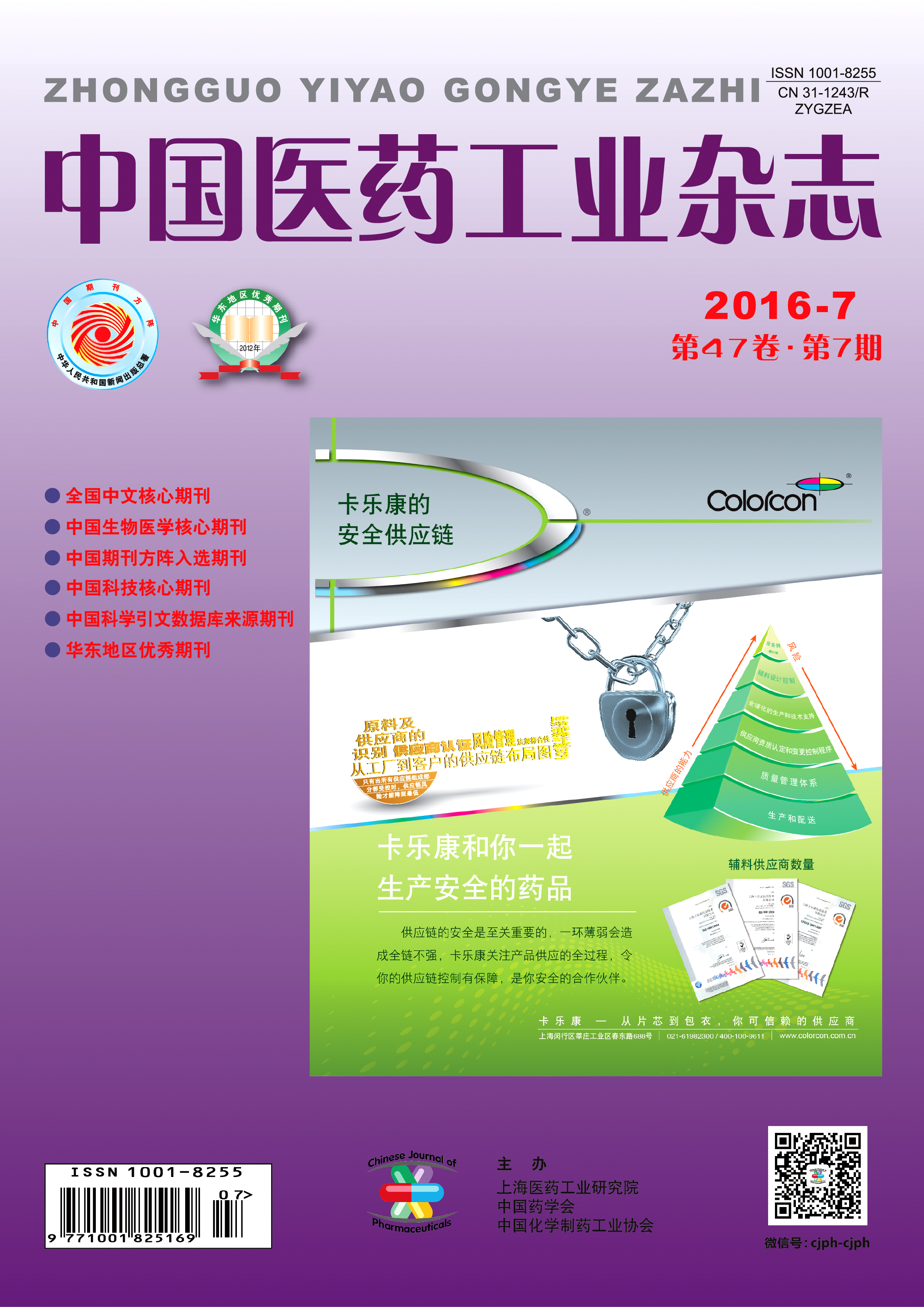ZHANG Li, LIU Jinying, MA Lingzhen
An HPLC method was established for the determination of honokiol, magnolol, glucosylvitexin,
vitexin-2-O-rhamnoside, vitexin and hyperoside in Zhaqu Pingwei mixture. A Kromasil C18 column was used, with the
mobile phase A of 25% acetonitrile methanol solution and the mobile phase B of 0.5% formic acid by gradient elution,
at the detection wavelengths of 294 nm (for the detection of honokiol and magnolol) and 340 nm (for the detection
of glucosylvitexin, vitexin-2-O-rhamnoside, vitexin and hyperoside). The linear ranges for the above six components
were 4.75—95.0, 5.00—100.0, 2.50—50.0, 6.50—130.0, 2.00—40.0 and 3.25—65.0 μg/ml, respectively. Their average
recoveries were 98.9%, 97.8%, 99.3%, 98.5%, 97.9% and 97.2%, with RSDs of 1.44%, 1.08%, 1.21%, 0.98%, 1.30%
and 1.52%, respectively.
